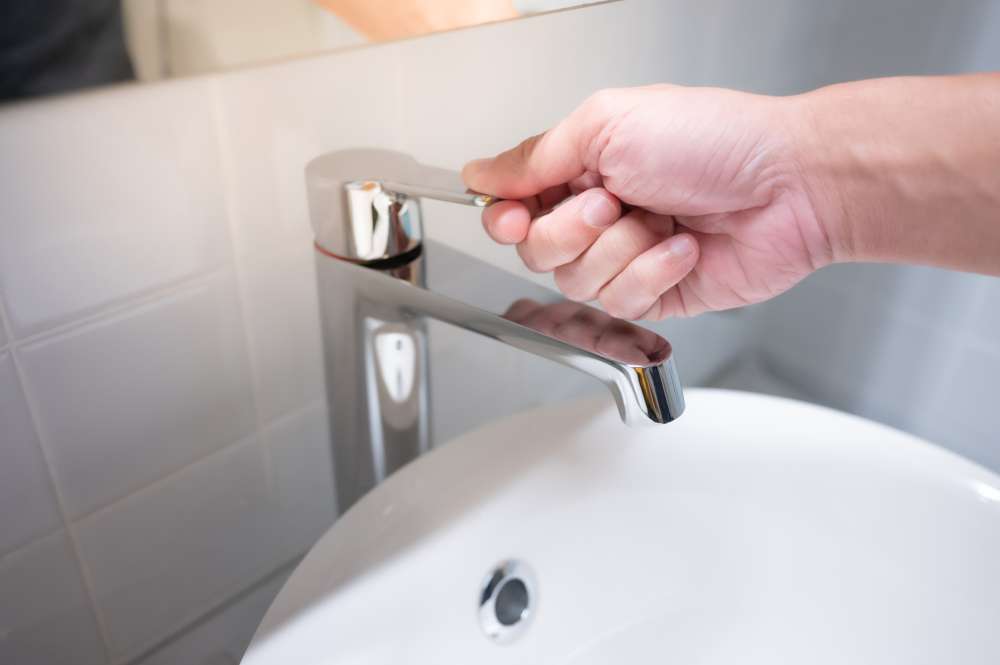In today’s world, conserving our precious resources is more important than ever. Water is a vital element for life, and with increasing demands, implementing eco-friendly plumbing solutions has become a necessity. Green plumbing, also known as sustainable plumbing, focuses on minimizing water waste and energy consumption within your home’s plumbing system. By incorporating energy-efficient fixtures, low-flow toilets, and following sustainable plumbing practices, you can significantly reduce your water footprint and energy bills.
Why Go Green with Your Plumbing?
There are numerous compelling reasons to embrace eco-friendly plumbing solutions. Here are some key benefits:
Conserve Water: Water scarcity is a growing concern globally. Traditional plumbing fixtures can be incredibly wasteful. Green plumbing solutions help you significantly reduce water usage, lessening the strain on freshwater resources.
Save Money: Water conservation translates into lower water bills. Energy-efficient fixtures also reduce the energy required to heat water, leading to significant savings on your energy bills.
Reduce Environmental Impact: Excessive water usage and energy consumption contribute to environmental degradation. Sustainable plumbing practices lessen your environmental footprint, promoting a greener future.
Boost Your Home’s Value: Eco-conscious homebuyers are increasingly drawn to properties with green plumbing features. Implementing these solutions can enhance your home’s resale value.
Enjoy Peace of Mind: Knowing you’re actively contributing to environmental conservation provides a sense of accomplishment and satisfaction.
Embracing Green Plumbing: Practical Solutions
Now that you understand the importance of eco-friendly plumbing, let’s explore some practical water-saving solutions you can implement in your home:
1. Upgrade Your Fixtures with Efficiency
Low-Flow Toilets: Traditional toilets can use up to 7 gallons of water per flush. Low-flow toilets, certified by the Environmental Protection Agency (EPA), utilize a maximum of 1.6 gallons per flush, achieving significant water savings. Many modern low-flow toilets offer powerful flushing performance without sacrificing efficiency. Consider models with a dual-flush option, allowing you to choose a lighter flush for liquid waste.
High-Efficiency Faucets: Leaky faucets are a common problem, leading to significant water waste. Invest in high-efficiency faucets equipped with Aerators, small devices that mix air with water, creating a powerful stream while reducing overall water flow. These faucets can save gallons of water daily without compromising water pressure.
Low-Flow Showerheads: Similar to faucets, traditional showerheads can be major water guzzlers. Low-flow showerheads utilize innovative spray patterns to deliver a satisfying showering experience while minimizing water usage. Look for models with adjustable settings to customize your shower experience.
2. Embrace Smart Technologies
Smart Leak Detectors: Leaking pipes often go undetected for long periods, leading to substantial water waste. Invest in smart leak detectors that monitor your plumbing system and alert you to any potential leaks promptly. Early detection allows for swift repairs, minimizing water loss and damage.
Smart Shower Timers: Taking shorter showers is a simple yet effective way to conserve water. Smart shower timers can be installed to help you track your shower duration and encourage shorter, more water-efficient showers.
3. Consider a Tankless Water Heater
Traditional tank water heaters constantly maintain a reservoir of hot water, even when not in use. Tankless water heaters heat water on demand, eliminating standby energy loss. While the initial installation cost might be higher, the long-term energy savings are substantial.
Conclusion
By embracing eco-friendly plumbing solutions, you can significantly reduce your water footprint, lower your energy bills, and contribute to a more sustainable future. With a combination of efficient fixtures, smart technologies, and responsible practices, every drop counts in conserving this precious resource.
Keep your plumbing in top shape with regular maintenance! Learn essential tips to prevent issues and ensure smooth operation. Read now for expert advice.
Frequently Asked Questions (FAQs) about Eco-Friendly Plumbing Solutions
Here are some frequently asked questions regarding eco-friendly plumbing solutions:
1. Are there any financial incentives for installing green plumbing fixtures?
Yes! Many government agencies and local municipalities offer rebates and tax credits for homeowners who invest in water-saving solutions and energy-efficient appliances. It’s always a good idea to check with your local authorities to see if such programs are available in your area.
2. Will eco-friendly plumbing fixtures compromise water pressure or performance?
Advancements in technology have ensured that low-flow fixtures deliver excellent performance without sacrificing water pressure. High-efficiency faucets and showerheads utilize innovative designs to provide a satisfying user experience while minimizing water usage.
3. How much can I save on my water bill by implementing eco-friendly plumbing practices?
The amount you save depends on your water usage habits and the specific fixtures you install. However, studies suggest that households can see reductions in water bills of up to 30% by implementing sustainable plumbing solutions.
4. Is it difficult to install eco-friendly plumbing fixtures myself?
The difficulty of installation varies depending on the specific fixture. Low-flow faucets and showerheads are often relatively easy to install yourself with basic DIY skills and readily available tools. However, for more complex installations like tankless water heaters, it’s best to consult a licensed plumber to ensure proper installation and functionality.
5. Where can I find more information about eco-friendly plumbing solutions?
There are numerous resources available online and in libraries that provide detailed information about green plumbing. The Environmental Protection Agency (EPA) website offers a wealth of resources on WaterSense-certified products, a program that highlights water-efficient fixtures. Additionally, consulting with a licensed plumber can provide valuable insights and recommendations tailored to your specific needs and plumbing system.

